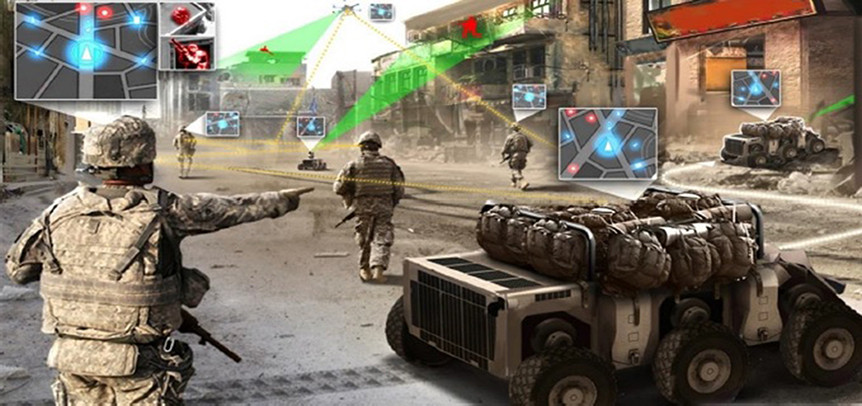
DARPA looks to harness artificial intelligence to distinguish between hostilities and civilians life in urban settings
The Department of Defense hopes to use artificial intelligence to help warfighters distinguish between hostilities and ordinary civilian life in urban areas, the department announced.
Current intelligence, surveillance, and reconnaissance practices are limited in their ability to address the complexity and ambiguity of urban environments, according to the contract opportunity announcement.
The ambiguity is due to adversaries blending in among civilian populations and masking acts of planning or executing hostilities within the patterns of everyday urban life.
Advances in artificial intelligence technologies, such as machine vision, show promise towards aiding humans in negotiating this complexity and ambiguity.
The Defense Advanced Research Projects Agency is seeking strategies that autonomous vehicles can carry out to simultaneously reduce the complexity and ambiguity a military commander faces when detecting and tracking threats from individuals and/or teams among non-threatening civilians in urban areas.
Awards for the prototype project will be limited to $1 million for each combined Phase 1 base and Phase 2 option, according to DARPA.
To submit a proposal or learn more view the announcement HERE.